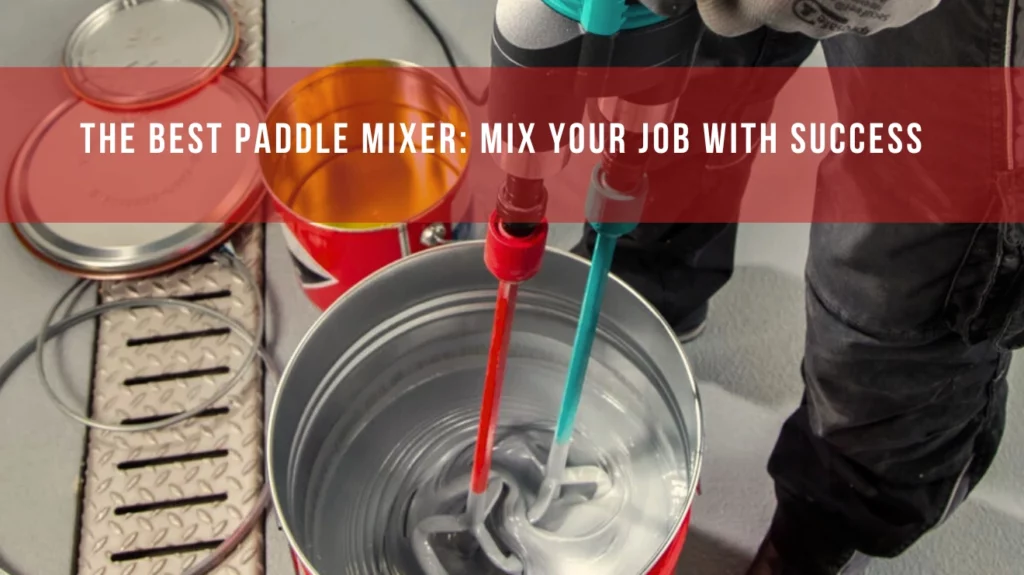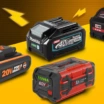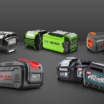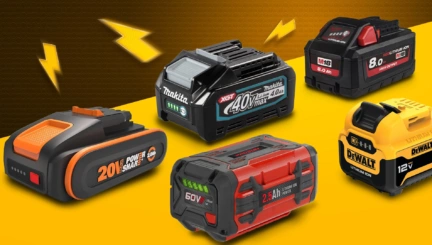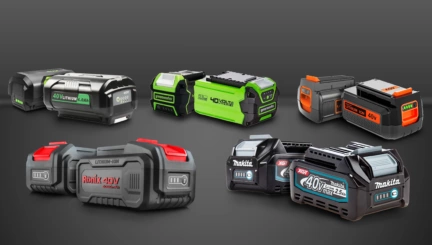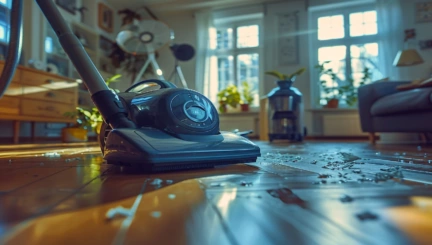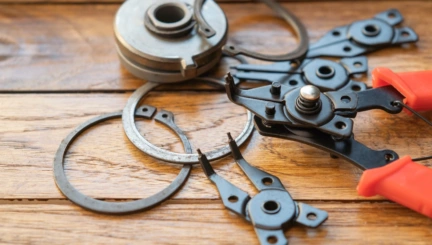- 5min
- 6390
- 0
What you may see in a typical construction site at first glance are likely: Giant vehicles, enormous levers, huge and heavy tools, and massive concrete blocks. But there are still elements that wouldn’t be seen in the early glimpse but will convey the vibes when seeking more: you may have seen big containers in which concrete is being mixed with a rotating paddle, as you know: paddle mixers. While they look humble in the glorious combination of construction assistants, they still play a crucial role in the industry, ensuring the uniform blending of aggregates and creating the strong and durable materials that form the backbone of resilient structures.
Are you looking for a professional paddle mixer supplier to support your business?
Hence, finding the best paddle mixer is vital for every professional who is in the construction sector and seeks a perfect result. If you are in the sector and are looking for a perfect one, follow us on the article.
The first question we are going to answer is about the general features of the best paddle mixers:
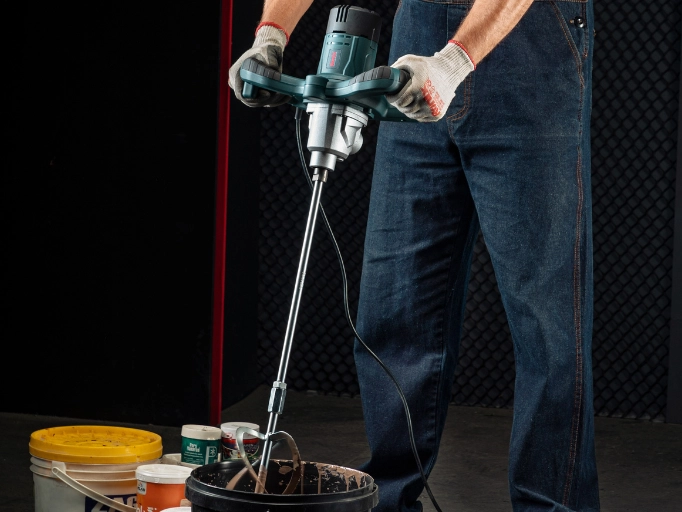
A General Guide: What Makes the Best Paddle Mixer?
You can use different paddle mixers to blend various materials, ranging from concrete, mortar, and grout to different densities of paint. Naturally, each material requires a special type of mixing machine or a unique paddle for each. But if you want to know what the features of the best paddle mixers are generally, here are what you need:
| FEATURE | GOOD PADDLE MIXERS | THE BEST PADDLE MIXERS |
| MOTOR POWER | ADEQUATE POWER FOR STANDARD TASKS | HIGHER POWER FOR HEAVY-DUTY USE |
| BODY | GOOD QUALITY MATERIALS AND BUILD | DURABLE MATERIALS AND CONSTRUCTION |
| VARIABLE SPEED | ADJUSTABLE SPEED | MULTIPLE SPEED SETTINGS |
| MIXING CAPACITY | SUFFICIENT FOR COMMON APPLICATIONS | LARGER MIXING CAPACITY |
| BRAND REPUTATION | WELL-REGARDED BRANDS | TRUSTED BRANDS WITH POSITIVE REVIEWS |
- Adequate Motor Power for Different Material Viscosities
For example, for blending a low-viscosity paint, you will require a range of approximately 750 W to 2000 W while, for mixing viscous rubber compounds in a large industrial area you need a power of around 22,300 W, which is way more than what you as an ordinary user need!
- The Proper Variable Speed
This depends on various factors such as the type of paddles, the tool’s design, and material viscosity. For example, for high-viscous materials, you’d better choose a mixer delivering 100-300 RPM, and for liquids with low viscosity, a high range of speed, 500-1500 RPM, helps get the best result.
- Durable Construction
The best paddle mixer is the one that can withstand the harsh atmosphere of construction areas. Stainless steel which is corrosion-resistant, carbon steel which is highly strong and aluminum which is lightweight and anti-wear are ideal for this purpose.
- High Safety
Like any other power tool, Paddle mixers can cause severe and minor risks. That’s why you should put the safety features first when choosing one. Warning signs and labels can lead you to safer use, while safety interlocks including safety switches, sensors, as well as overload protection can ensure a safe experience practically.
- Few Noise and Vibration
Features like proper insulation, a soundproofing mechanism, and an advanced motor design will reduce noise and vibration and put a mixing tool among the ideal ones to choose from. If you are willing to find an ideal example don’t miss the video of Ronix 2410 Paddle Mixer.
Knowing the facts above, it is time to gain information about the best paddle mixers used for different materials. First, let’s start with concrete.
Best Paddle Mixer for Concrete
If you want to find the best paddle mixer for any material, along with the features we discussed before, you need to consider the paddle type. Picking a suitable one will lead to a homogenous mixing and consequently an efficient constructing activity. When it comes to concrete, the helical or spiral type is the most practical one. The design will help lift and tumble the concrete mixture which can improve the quality of the whole blending.
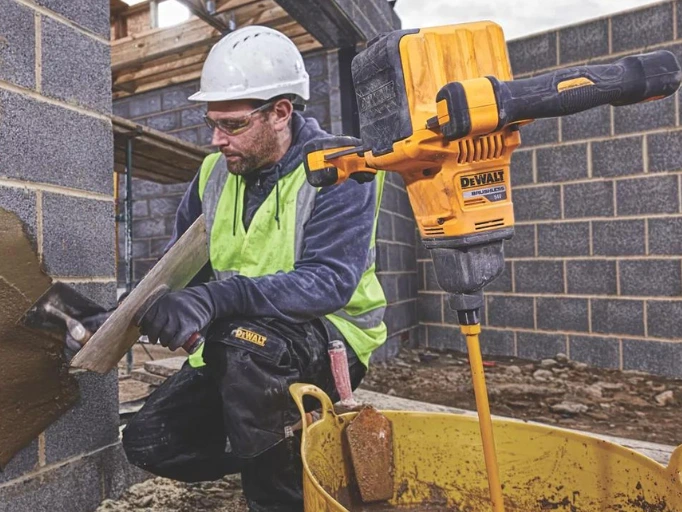
Best Paddle Mixer for Plaster
For blending plaster, you still need a high-quality paddle with a spiral blade, typically made of anti-corrosion stainless steel that can bring a uniform mixing. Yet, to merge it more efficiently, you need to pay attention to the nature of plaster and the fact that it tends to harden rapidly. To handle it, the best paddle mixer for you is a fast one that can provide a consistent runtime.
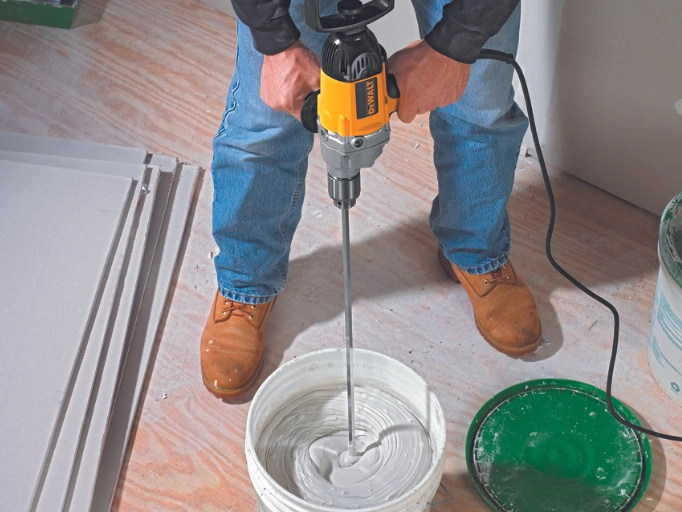
Best Paddle Mixer for Mortar
As mortar types are different in viscosity, the best paddle mixer for it is the one that offers adjustable mixing parameters, accommodating the difference in the factor. The mixing machine should also be easy to clean, providing accessible areas between blades to prevent material buildup.
Best Drywall Mud Mixer Paddle
As there will be air bubbles in the drywall mud in case of overmixing, you need to choose a paddle mixer with an appropriate variable speed which can be 0 to 300 RPM for small mixers and 0 to 1000 RPM for larger and more powerful ones. The mixers with such speeds can handle the situation to avoid excessive blending.
Alongside, you should regard the paddle type as well. A spiral one would be nice, but a four-blade paddle will help you experience a more convenient mixing because it won’t let your bucket shake.
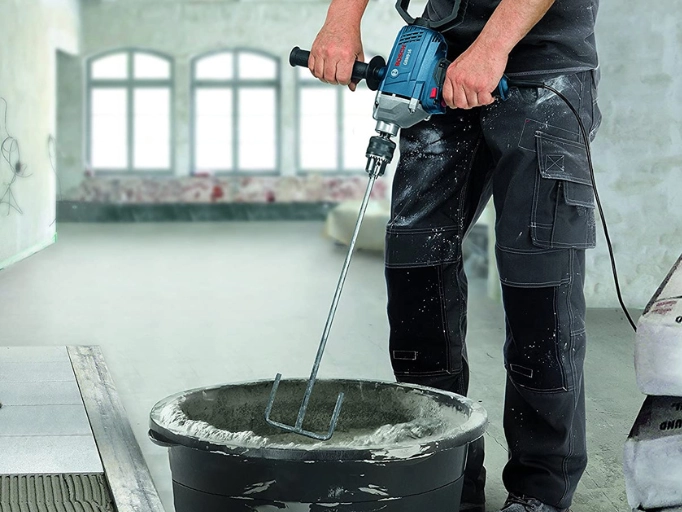
Best Cordless Paddle Mixer
The best paddle mixer that is battery-powered is the one that along with the general qualities we talked about before, features durable, fast-charging batteries that bring the least downtime.
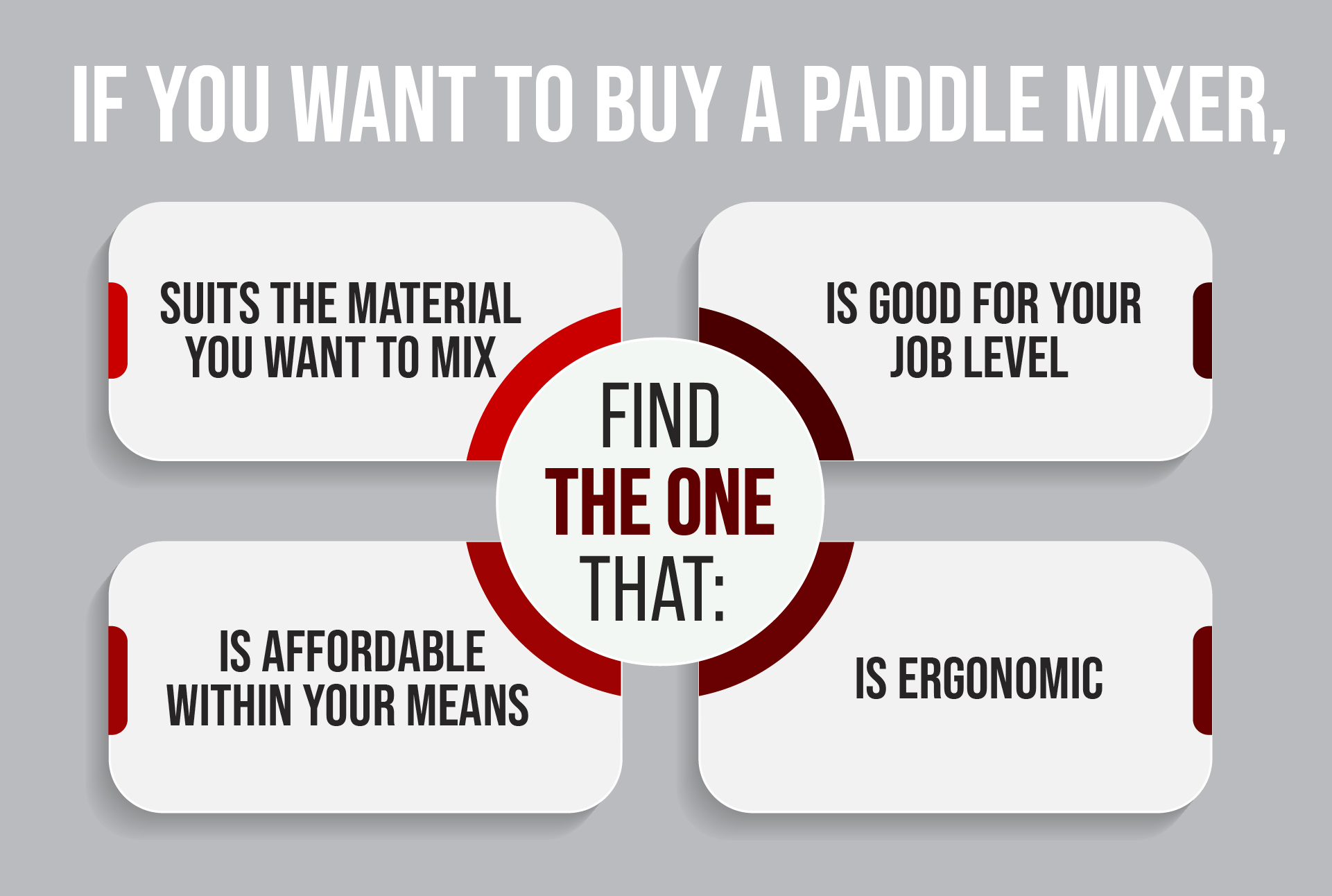

Ronix
21 February 2024
